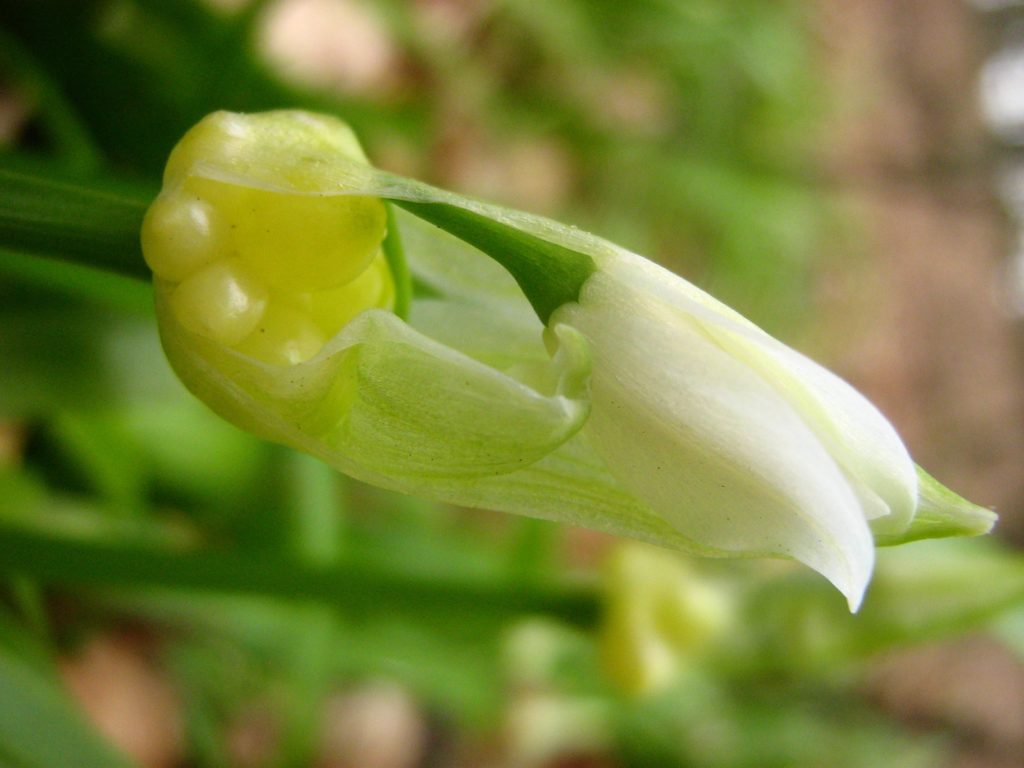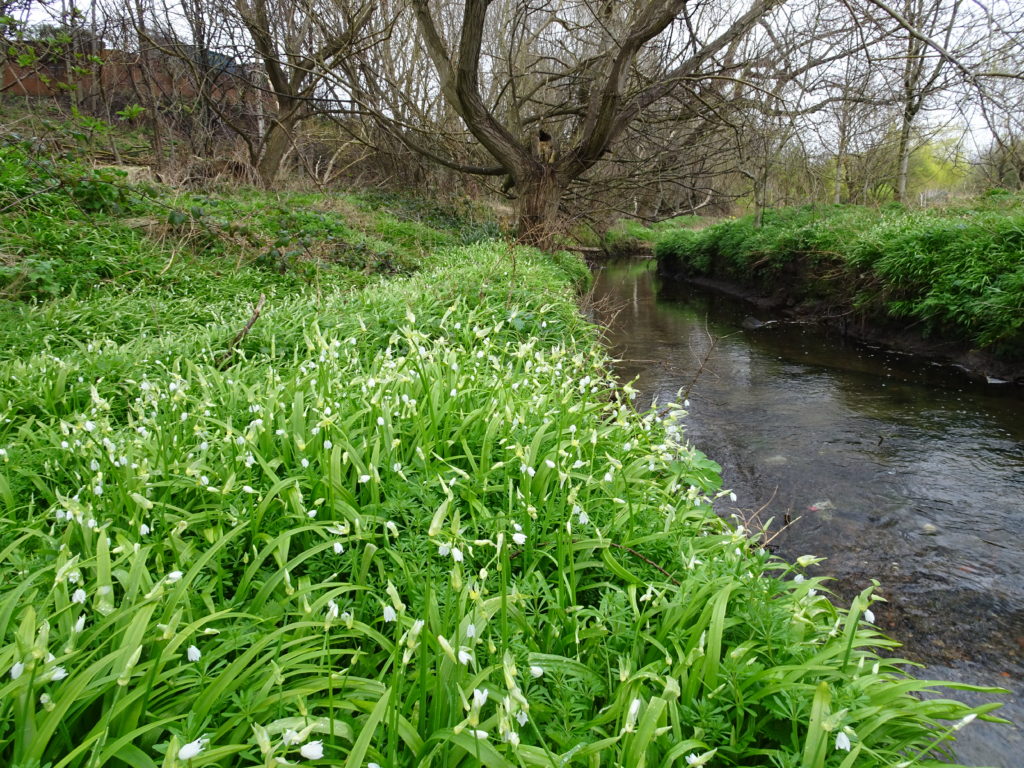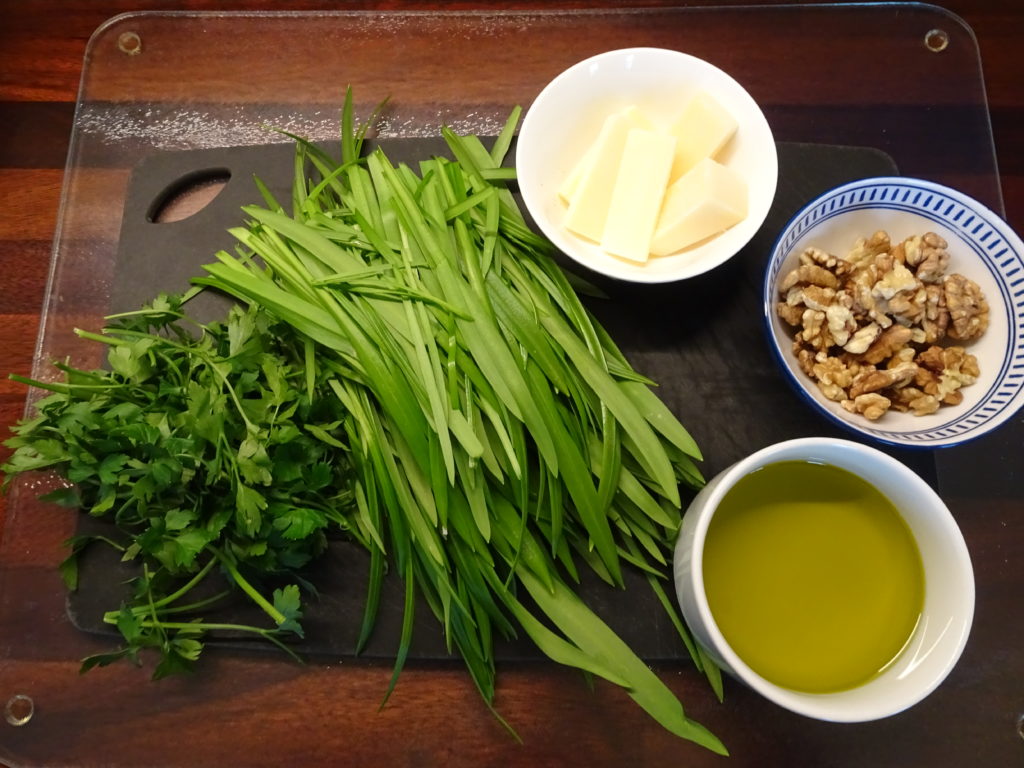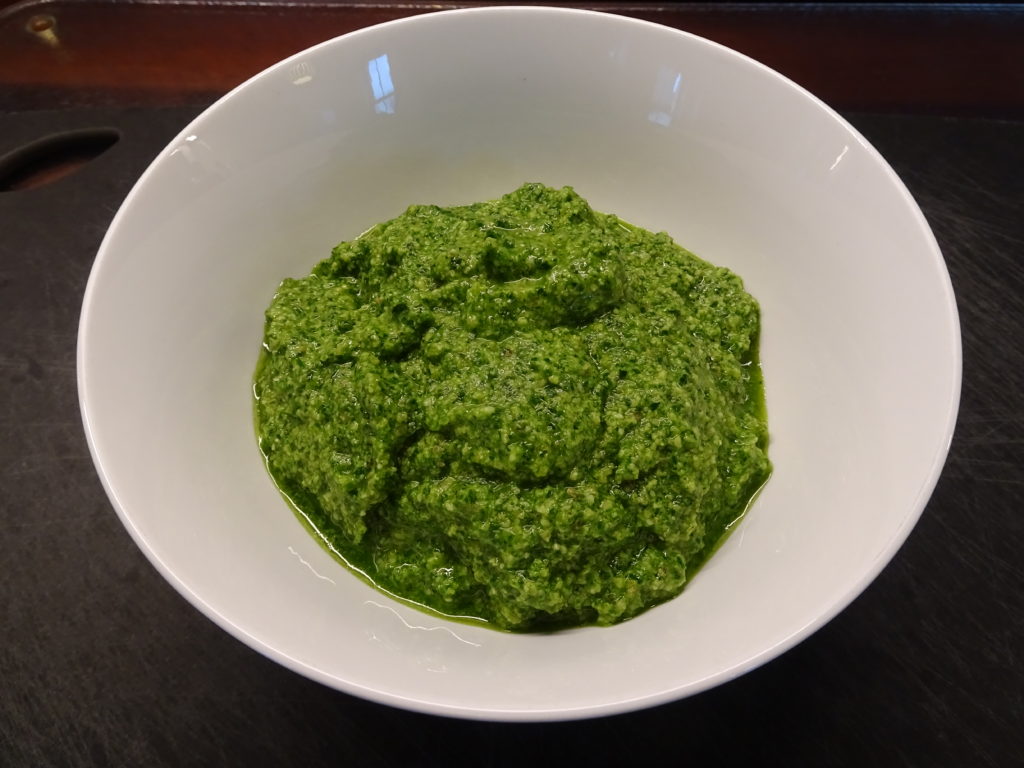The rainbow symbol is used to represent peace, hope, joy, inclusion and diversity. During the current public health crisis, created by the Covid-19 virus, it has also come to represent solidarity with health workers across the globe. Here in the UK we begin the “Clap for our Carers” campaign at 8pm tonight (Friday 27 March), but many have already been placing rainbow pictures in windows to cheer up anyone passing by and to show their solidarity with the people we rely upon in the most difficult of times.

One small action I have decided to take to help spread a little joy and hope is to share the seasonal plant interest in my neighbourhood in Edinburgh by using online platforms, starting with this blog. I encourage anyone, anywhere in the world, to do the same using #plantrainbow and to keep an eye on the RBGE website and social media channels for linked activities. Even in these strange and worrying times the pace of nature continues uninterrupted. In gardens, parks and wild places plants are constantly changing and providing much-needed colour and interest.
Although many of us are practicing social distancing and some are in self-isolation, we can all benefit from sharing images of beautiful plants online. If you want to contribute a plant image my only suggestion is that the plant should be showing some seasonal interest – buds bursting, full bloom, fruiting, or in some way looking different to normal. In this way #plantrainbow can be as inclusive as possible. Even if you only have access to houseplants, why not share their seasonal changes too?
The #plantrainbow idea is not about travelling long distance to find rare or special plants. It’s about the plants around you. Here in the UK we are being encouraged to take daily exercise outside for our physical and mental wellbeing. While this is still possible, we can take pictures of seasonal plants and share them online using #plantrainbow. Here is my first seasonal plant from Edinburgh:

Few-flowered leek – Allium paradoxum
The flowers of this plant are pure white and not particularly showy. Nevertheless, it is just coming into flower now in Edinburgh above carpets of lush green strap-shaped leaves. The dead giveaway that enables the identification of this plant is the strong smell of onion given off by the bruised leaves. It is, in fact, an introduced plant that is particularly abundant in damp places, often near water. The distinctive smell could lead people to think it was wild garlic, which is a close relative that is native to the UK and has much broader leaves and beautiful heads of small star-shaped white flowers.
For the more adventurous, the few-flowered leek makes for excellent foraging. Any recipe calling for wild garlic can have few-flowered leek used as a substitute. Here is a recipe for a pesto made with few-flowered leek that I have tested and can vouch for as being very easy and very tasty. The beauty of foraging for this plant is that you don’t need to worry about the impact you might be having on vulnerable plant populations; this introduced plant is regarded as somewhat invasive.

Tip: Your best bet for finding few-flowered leek is the banks of streams and sloping ground flushed by water.

Few-flowered leek pesto
1 large bunch of few-flowered leek leaves (about four handfuls)
1 small bunch of parsley (about a handful)
60g pine nuts or walnuts (lightly toasted)
60g parmesan cheese
150ml olive oil
Lemon juice, salt and pepper to taste
Blitz all the ingredients, except the oil, to produce a fine crumb. Then add the oil and blitz again until you reach the desired consistency. Stir generous quantities into freshly boiled pasta.

This recipe produces enough pesto to feed six people and can be frozen for longer storage.

Sarah Adamson
Hi Max, is this a bid to rid us of few flowered leek. Cunning!
Max Coleman
Could be, although it would take an awful lot of pesto to get on top of the spread of this plant in Edinburgh. Realistically, I think we have to learn to love it. It will not spread beyond its comfort zone of damp ground, so we are not going to be suffocated by a blanket of few-flowered leek!
Jane Freshwater
After the Water of Leith flooded our house and garden in 2000 we gained several new weeds, including few-flowered leek. We pull it out in handfuls, cut off the roots, wash thoroughly, chop up and add to any soups on the go. A favourite is Green Soup, made with young nettle leaves, few flowered leek, young ground elder, young sorrel, thickened with potato, well seasoned with salt and ground black pepper and served with a dollop of plain yoghurt.
Max Coleman
Your soup sounds really tasty and few-flowered leek is not really a plant you want in your garden if you are in a damp spot where it will romp away and just take over. Keep on picking and eating.
Liz Sutherland
In my ignorant days I introduced few flowered leek found in wild woodland onto a patch of my allotment thinking it was wild garlic….a move I lived to regret…there’s still a little pops up this time of year but ruthless weeding (and picking for adding to dishes ) seems to have it under control !
Max Coleman
Hi Liz,
Yes, not a plant I’d advise anyone to introduce as it is likely to become a really annoying weed. Interestingly, there is a form of this plant that produces flowers rather than the small bulbils that enable such rapid spread. We don’t seem to have the flowering kind in Edinburgh, just the bulbil forming kind. Hence the vast patches of this plant on damp ground.
Max